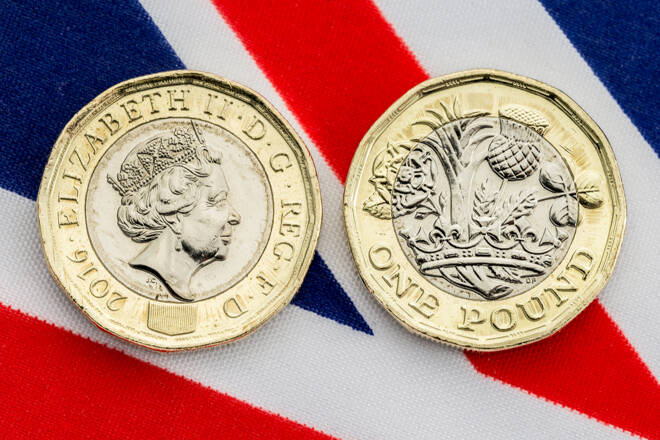Advertisement
Advertisement
GBP to USD Forecast: Sterling’s Surge Continues on Dovish Fed, Hawkish BoE
By:
BoE's Andrew Bailey and UK Consumer Credit: Key factors fueling demand for GBP/USD before US inflation and Fed Chair Powell.
Highlights
- The GBP/USD rose by 0.53% on Tuesday, ending the session at $1.26933.
- Dovish Fed comments aligned with hawkish BoE comments fueling demand for the GBP/USD.
- On Wednesday, BoE Consumer Credit, BoE Governor Andrew Bailey, and the US economic calendar are focal points.
The Tuesday GBP/USD Overview
On Tuesday, the GBP/USD rose by 0.53%. Following a 0.25% gain on Monday, the GBP/USD ended the day at $1.26933. The GBP/USD fell to a low of $1.26065 before rising to a Tuesday high of $1.27150.
Consumer Credit and the Bank of England Governor Bailey in Focus
On Wednesday, consumer credit figures for October will garner investor interest. A pickup in consumer credit could signal an upward trend in consumer spending, fueling demand-driven inflation.
Upward trends in consumer borrowing could force the Bank of England to take a more aggressive rate path to increase borrowing costs and curb consumer spending.
Economists forecast BoE Consumer Credit to increase from £1.391 billion to £1.500 billion in October.
Other stats include UK mortgage lending and mortgage approvals. An upward trend in mortgage approvals could signal improving consumer sentiment. Improving sentiment could also drive consumption. Economists forecast mortgage approvals to increase from 43.328k to 45.000k in October.
While the numbers need consideration, Bank of England speeches will also move the dial. Bank of England Governor Andrew Bailey is on the calendar to speak. Recent speeches have been hawkish, supporting demand for the GBP/USD.
US GDP and Fed Comments in Focus
On Wednesday, US GDP numbers for the third quarter will draw investor interest. According to the first estimate, the US economy expanded by 4.9% in Q3. Revisions to the first estimate could influence the appetite for the US dollar. A downward revision could fuel bets on a Fed rate cut as investors consider the economic outlook.
Beyond the headline figure, investors must consider the real disposable income and savings components. Downward revisions may signal a pullback in consumer spending, easing demand-driven inflation and the need for a hawkish Fed rate path.
With the US economy in the spotlight, investors must monitor Fed chatter. FOMC member Loretta Mester is on the calendar to speak. Dovish comments would impact buyer demand for the US dollar.
Short-Term Forecast
Near-term trends for the GBP/USD remain hinged on Bank of England forward guidance and US inflation numbers. Softer-than-expected US inflation and hawkish BoE comments support a near-term move to $1.2850.
GBP to USD Price Action
Daily Chart
The GBP/USD held above the 200-day and 50-day EMAs, with the EMAs affirming bullish price signals.
A GBP/USD move to $1.27500 would bring the $1.28013 resistance level into play.
UK consumer credit, BoE Governor Bailey, US GDP numbers, and Fed speeches are in focus.
However, a GBP/USD drop below the $1.26500 handle would bring the $1.24410 support level into view.
The 14-period daily RSI reading of 72.13 shows the GBP/USD in overbought territory. Selling pressure could intensify at $1.27500.
4-Hourly Chart
The GBP/USD remained above the 50-day and 200-day EMAs, with the EMAs reaffirming bullish price signals.
A GBP/USD return to $1.27500 would support a move to the $1.28013 resistance level.
However, a drop below the $1.26500 handle would give the bears a run at the 50-day EMA.
The 14-period RSI on the 4-hour Chart at 75.69 shows GBP/USD in overbought territory. Selling pressure could intensify at $1.27500.
About the Author
Bob Masonauthor
With over 28 years of experience in the financial industry, Bob has worked with various global rating agencies and multinational banks. Currently he is covering currencies, commodities, alternative asset classes and global equities, focusing mostly on European and Asian markets.
Advertisement
